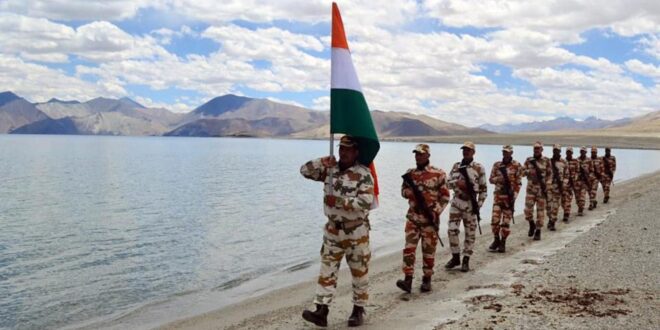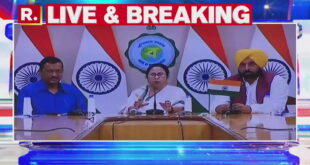Even though S. Jaishankar, the minister of external affairs, was acquainted with his Chinese counterpart Qin Gang during the ten years he served as India’s ambassador to Beijing, when the latter held the positions of chief of protocol and then head of external publicity, their initial meeting was cautious with a focus on restoring calm along the 3488 km of the border that has yet to be demarcated.
While Minister Qin, rumored to be President Xi Jinping’s ear, appeared hesitant in his new position as China’s foreign minister, EAM Jaishankar made it abundantly clear that the current bilateral relations were abnormal and harmful to the earlier peace and tranquility agreements and mechanisms.
The two armies are engaged in a standoff in East Ladakh with men, missiles, rockets, and armor on both sides since the PLA unilaterally attempted to change the ground situation in May 2020 with transgressions in north Pangong Tso, Gogra-Hot Springs, Khugrang nullah, and Galwan Valley. While the 1597 km long Line of Actual Control (LAC) was spared from a potentially explosive situation by both armies establishing buffer zones or no patrolling zones at all the trouble spots, there has been no de-escalation of forces on either side for the past three years.
The PLA must permit the Indian Army to resume its legal patrolling rights in the Depsang Plains in the Daulet Beg Oldi (DBO) sector and at the Charding Nullah junction in the Demchok area of East Ladakh, followed by a de-escalation if normal bilateral relations are to resume between the two nations.
The Indian Army is gung-ho in East Ladakh and ready to defend every square inch of Indian territory. It has been deployed at high altitudes since Operation Meghdoot in Siachen on April 13, 1984. In East Ladakh, where conscripts have been stationed for the past three years without relief, pressure is now being put on the PLA.
 India One News
India One News





